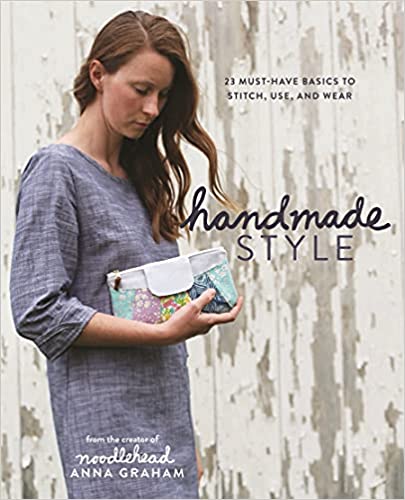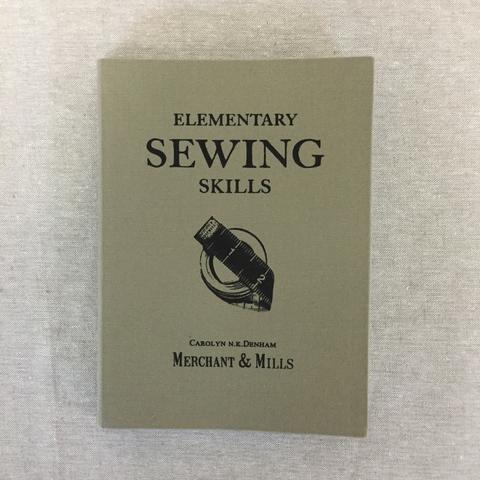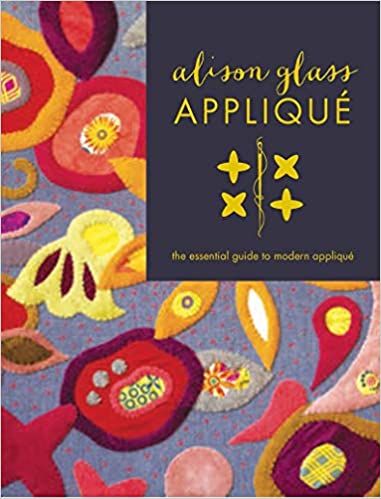Quality assurance in the textile industry requires several steps that span from the sourcing of raw fibers to putting the final touches on the finished apparel. All these steps fall into one of two categories:
- Inspection
- Testing
Inspection and testing methods can be performed in house by the manufacturer, or outsourced to companies that specialize in quality control testing of textiles.
The ASTM defines standards of quality for the textile and garment industry in all aspects of manufacturing. In addition, they develop testing methods and guidelines to ensure quality in materials and manufacturing practices.
The ASTM is not a governing body, they do not enforce their own compliance guidelines. However, their standards and procedures are respected and upheld all over the world. The manufacturer must adhere to the specifications set by their customers.
The Quality Control Process Has Many Steps
Fabric is inspected for defects in appearance. Fabric is placed on a lighted table and inspected for visual defects from a distance of three feet.
A 4-point system is employed in which a number value from 1-4 is assigned to visual defects depending on degree of severity and length. The type of defects include snags, slubs, dirt, holes and variations in dye or pattern.
The finished product is inspected once again for defects prior to shipping. Any fabric that fails to pass inspection is considered seconds, or irregular and is not shipped to the customer.
Manufacturers also set their own standards for maintaining the machinery used in processing fabric. Spinners, looms, knitting machines and dye apparatus are inspected regularly and repairs are made when needed.
Testing requires scientific, quantifiable methods. Many times, machines are used to assure standards of quality.
The ASTM outlines areas and tests for durability, some of these areas are:
- Tensile strength measures the amount of strength or weakness of the threads that compose a fabric.
- Tearing strength measures the quality of the construction of the fabric
- Resistance to abrasion refers to how well a fabric holds up to rubbing or agitation.
Apparel fabric must undergo safety testing to ensure the amount of chemical residue a wearer is exposed to is below the allowable limits.
Chemicals such as formaldehyde are used in fabric finishes to control wrinkles and improve the quality of color. Too much formaldehyde is harmful to humans. The government places limits on the amount of formaldehyde residue that can be found in fabrics.
The federal government has mandated that fabric for children’s clothing and home decor must be flammable. Chemical compounds are added to fabric to stay in compliance and the fabric must be tested for safety, flammability and anti-static properties.
Apparel fabrics are tested for comfort or wearability. Apparel fabrics are evaluated for their air permeability, thermal conductivity, air resistance and air porosity. These terms all refer to breathability. Or the ability of a fabric to keep the wearer comfortable in a variety of air temperatures.
Fabric undergoes testing for a number of appearance defects. These defects include:
- Surface smoothness
- Color fastness
- Pilling
- Drape and stiffness
- Wrinkle recovery


